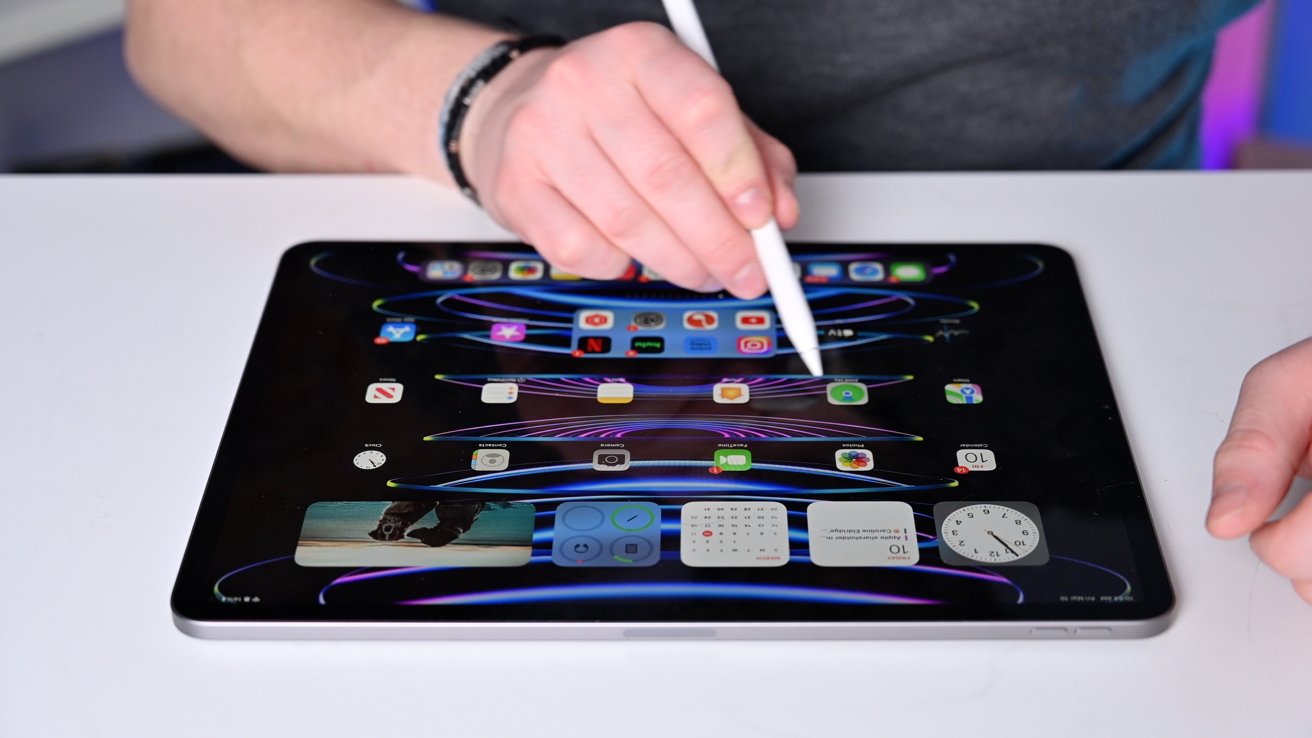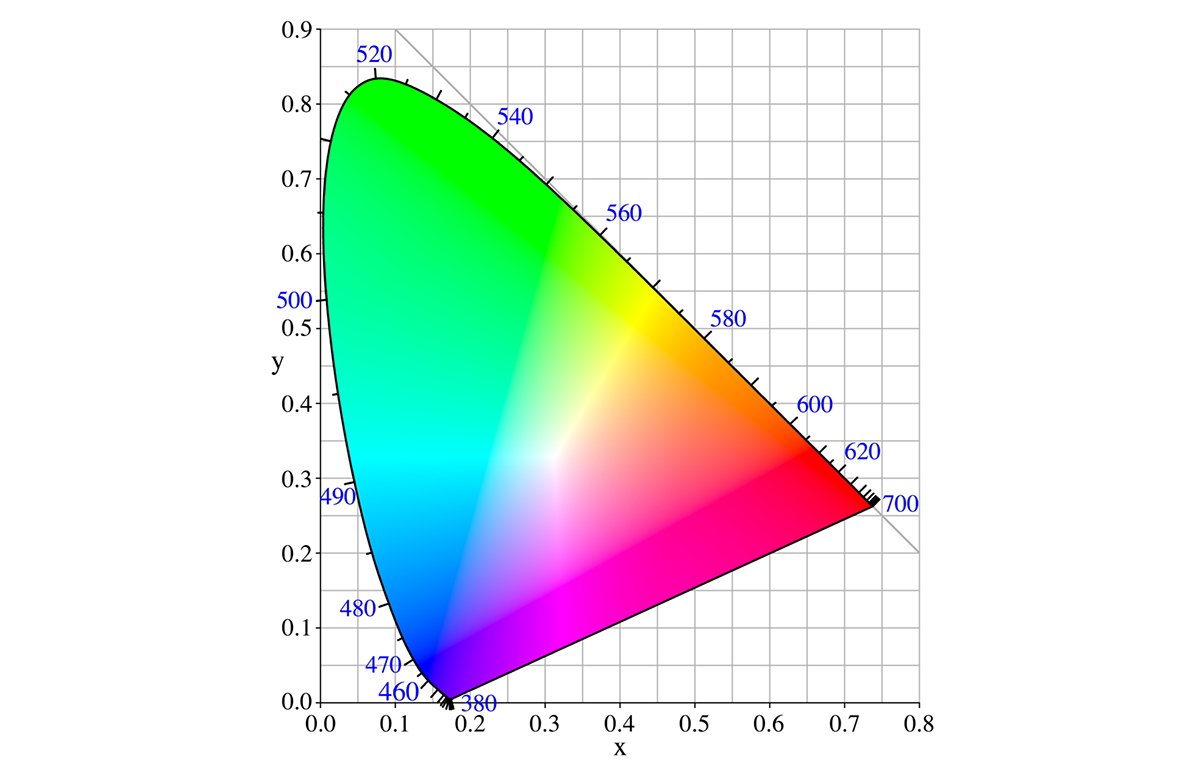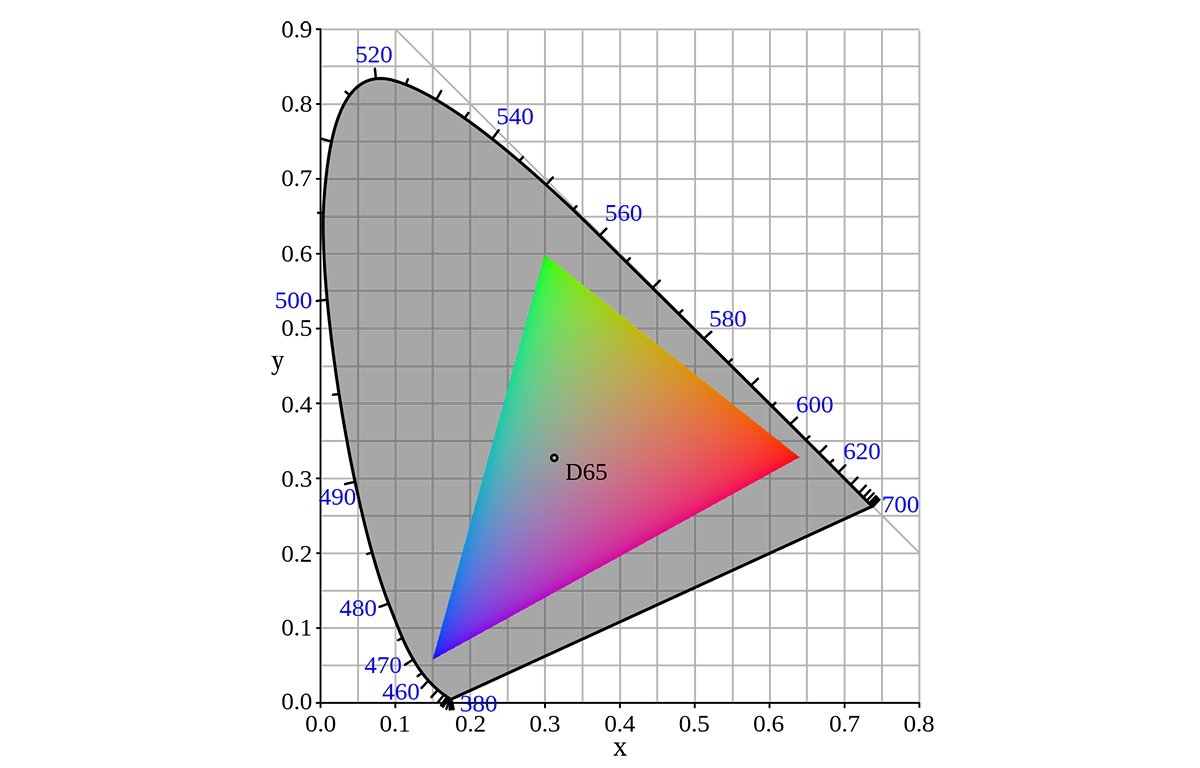How to use Reference Mode on the iPad Pro
Reference Mode enhances colors and metadata, making it ideal for use in professional workflows. Here's how to use it on your iPad Pro.

Using iPad Pro and Apple Pencil
Reference Mode on an iPad is a special display mode designed for professionals. It uses High Dynamic Range (HDR) as opposed to Standard Dynamic Range (SDR).
HDR features a host of enhancements for displays and TVs to improve both picture quality and color.
In many professional workflows, brightness, color accuracy, and detail are important. Being able to know and see colors exactly as they are is important.
HDR has the ability to send specific and customized metadata at the pixel level to displays. This tells the displays how to best show images and video.
To use Reference Mode on an iPad Pro, you'll need at least iPadOS 16 and an:
- iPad Pro 13-inch (M4)
- iPad Pro 11-inch (M4)
- iPad Pro 12.9-inch 5th gen or later
These iPad Pro models all use technologies that can handle the rigors of Reference Mode. Namely, they use OLED or mini LED-backlit displays.
Standards
There are many professional color standards available and Reference Mode on iPad Pro supports the following standards:
- BT.709
- BT.601 SMPTE-C
- BT.601 EBU
- sRGB
- HDR10 BT.2100 PQ
- BT.2100 HLG Dolby Vision Profile 8.4
- Dolby Vision Profile 5
The Society of Motion Picture and Television Engineers, SMPTE, creates and maintains several standards for video production and editing.
Editing apps such as Final Cut Pro, for example, use a video timecode standard created by SMPTE.
In image science, several color models are available, and most color models are centered around an absolute reference point representing pure white. This is called the white point.
By using color models with accurate white points, color can be better represented on different devices.
Color models can be translated between each other for different devices, and for print. Most print production uses a color model called CMYK (Cyan, Magenta, Yellow, Black).
By being able to apply different color models to different devices, color can more accurately be represented when adjusted for display and print variations.
Apple's Reference Mode uses a standard illuminant white point called D65, which is a reference standard daylight light source white point defined by the International Commission on Illumination (Commission internationale de l'eclairage, or CIE) located in Vienna Austria.
Color spaces
There is quite a bit of complex math involved in color science, which we won't get into here. A quick explanation is that each component wavelength (color) contained in a light source can be described as a point on a 2D gradient combined with a spectral power or intensity level.
Put simply, think of the computation of a light source's color as a formula that calculates the relative intensity of each wavelength in a light source.
CIE calls this a spectral power distribution.
In 1931 CIE defined an average or typical color distribution in a color space known as the CIE 1931 color space.
This color space was the result of experiments by color researchers between color wavelengths and colors perceived by humans.
Color perception can vary widely among people, and what may look like one color to one person might look different to another. This is why objective measurable color standards are needed.

The 1931 CIE standard color space.
There are other color spaces as well, representing different wavelength distributions on a grid. This is referred to as a gamut, which is usually represented as a color map or cube.
Each color space typically has its own white point, or position on the graph at which pure white is located.
By switching color spaces on a display or in an image, you can both change the white point and how the colors are distributed across the gamut.
Most, but not all color spaces are based on the Red, Green, Blue (RGB model), which uses three primary colors. When the colors are mixed, new colors are created.
In 1996, Microsoft and Hewlett Packard defined the sRGB color space. It was an attempt to standardize and define color on computer displays.
sRGB is based on a subset of the 1931 CIE color space, which is derived from the colors used in the HDTV (ITU-R BT.709) standard.
The sRGB color space attempts to define a common minimum set of RGB colors. Most standard computer displays can show this color range, and people with normal color vision can perceive it.
It's well accepted that the maximum number of individual colors most humans with normal vision can perceive is 16.2 million. But computer display images can save data by only displaying a smaller range of colors.
Such images are still perceived as "full-color", even though they don't include the full 16.2 million range.
sRGB is one of the color standards Apple supports in Reference Mode on the iPad Pro.
The idea behind the D65 white point is that average daylight is available everywhere and is generally uniform. Therefore it can be used as a reference source compared to widely variable sources of indoor and display lighting and colors.

Microsoft sRGB color space. Note the D65 white point.
D65 attempts to define a neutral average daylight white point as a reference point to model other colors around.
Reference Mode also disables all iPad Pro display adjustments such as ambient light, True Tone, Auto-Brightness, and other features.
Color temperature
The color temperature of a light source is generally measured in Kelvins, with each number defined as a color cast offset added to pure white.
Kelvin is actually a measure of temperature, like Fahrenheit or Celsius. In fact, 0 Kelvin equals -273.15 Celsius - also known as absolute zero or the coldest temperature that can be measured.
5000K is considered "daylight" white, lower numbers such as 3000K or 3500K are considered more "warm" with a reddish hue, while higher numbers such as 6500K-10000K are more blueish.
People with normal color vision would perceive 6000K-7000K as "pure white". Technically it's really a light blue color.
These numbers are known as color temperatures. By changing the color temperature or hue of an image or light source, you change the overall color cast which can be adjusted for color biases in devices such as displays and TVs.
Color temperature adjustments on displays can be used to compensate a device's general color bias. It can also be compensated in software on individual images which may have a color bias when taken.
For example, fluorescent lighting is known to give a green cast to most camera images. Halogen or tungsten lighting is known to produce a more warm, or reddish tone.
By adjusting the color temperature of an image, you can correct for lighting biases.
This is what happens when you select, for example, the Auto Color menu option in Adobe's Photoshop image editing software.
Now that you know how color theory works, you're ready to enable Reference Mode on your iPad Pro.
Enabling Reference Mode in iPadOS
On your iPad Pro, you can turn Reference Mode on and off by going to Settings->Display & Brightness->Advanced. Then, you tap the Reference Mode switch.
You can also use another feature of Reference Mode called Fine-Tune Calibration to further refine the white point and luminance (brightness) of your iPad Pro's display.
CIE has a standardized procedure for converting from a light source's raw spectral radiance to luminance. It is considered a subjective measurement of how a person perceives a light's brightness or intensity.
The CIE luminance conversion is essentially a conversion from an electromagnetic radiation value to a general perceived brightness level.
iPadOS's Fine-Tune Calibration controls are located right below the Reference Mode switch.
To use Fine-Tune Calibration you will need an external display color measuring device that can physically record the values of your iPad Pro's display. You then enter these measured values into the Settings app to tell iPadOS how to adjust the display.
This ensures your iPad Pro adjusts its display for any color variations in the individual device's display hardware. This provides a more exact white point and color gamut based on real measurements of the display's output.
To run the physical measurement, you'll also need to download a test pattern, which Apple provides on the AV Foundation Developer's Page under "Related Resources".
Instructions for the calibration process are provided on Apple's Reference Mode Technote (111792) page.
Reference Mode can also be used with Apple's Sidecar if you are using your iPad Pro as a secondary reference display for your Mac.
By using Reference Mode on your iPad Pro you can ensure the colors you or a client want to see in your workflow are exactly what you expect them to be.
Read on AppleInsider

Comments